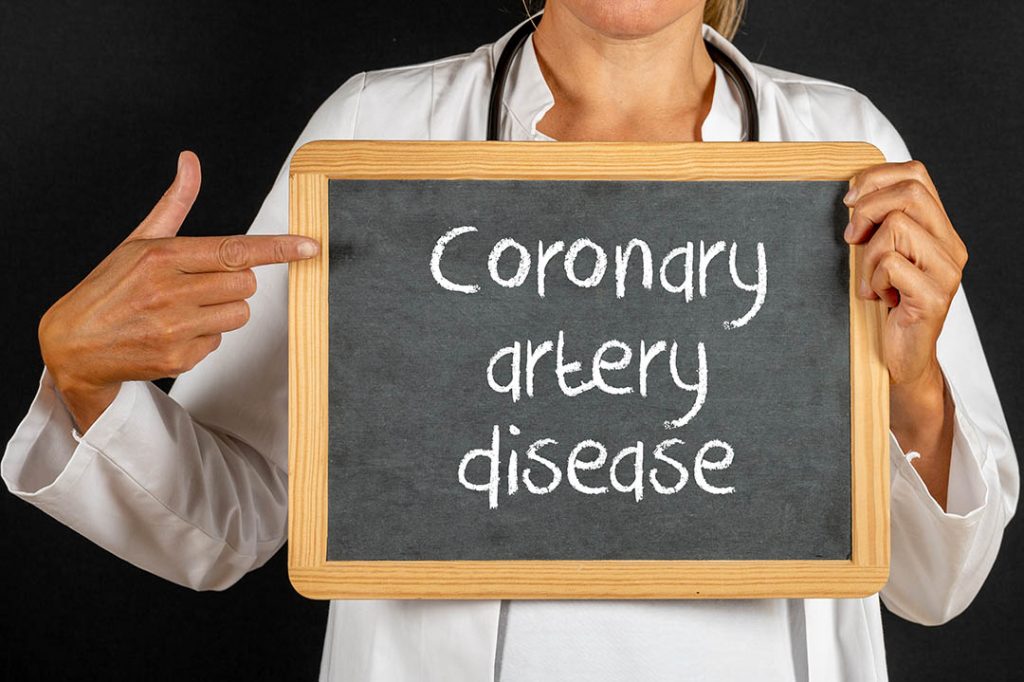Arq. Bras. Cardiol. 2023; 120(4): e20230181
Left Ventricular Mechanics: Untwisting the Pathways of the Cardiovascular Response to Exercise
This Short Editorial is referred by the Research article "Influence of Physical Training after a Myocardial Infarction on Left Ventricular Contraction Mechanics".
Cardiovascular (CV) disease is a major cause of morbidity and mortality, with coronary artery disease (CAD) being one of its most challenging presentations. Over the years, several strategies have allowed marked improvements in its management. Physical exercise (a core component of cardiac rehabilitation programs) is currently a cornerstone of comprehensive contemporary secondary prevention strategies. While the benefits of physical exercise have been extensively described in the presence of CAD, the myriad mechanistic pathways by which this intervention exerts its various effects have yet to be fully ascertained., Indeed, while its positive impact on functional capacity has been highlighted, the relative role of exercise training in systolic function has shown some variability across different studies., While considering that differences in program designs and populations under study could, at least partially, help explain some of these divergences, the study of the mechanisms by which exercise could impact cardiac function (namely in the setting of CAD) remains a topic of considerable interest.
Advances in imaging modalities have allowed for an ever more precise understanding of CV physiology and the impact of different pathological processes., While ejection fraction (EF) remains the most ubiquitous parameter to assess left ventricular (LV) systolic function, other parameters, such as those derived from deformation imaging, have increasingly come under the spotlight to try to address some of the pitfalls related to EF.,, In this regard, the notion that different fiber orientations and their complex and dynamic interplay could be key to LV function has progressively led to the concept that the heart’s structural design has a particularly central role in its biomechanics and, thus, its overall function., These have also underscored the possible relevance of parameters such as global longitudinal strain (GLS) and ancillary measures such as LV twist and torsion., As previously detailed, these could allow insights into the coupling mechanisms between systole and diastole and global cardiac function.,,
[…]
416

